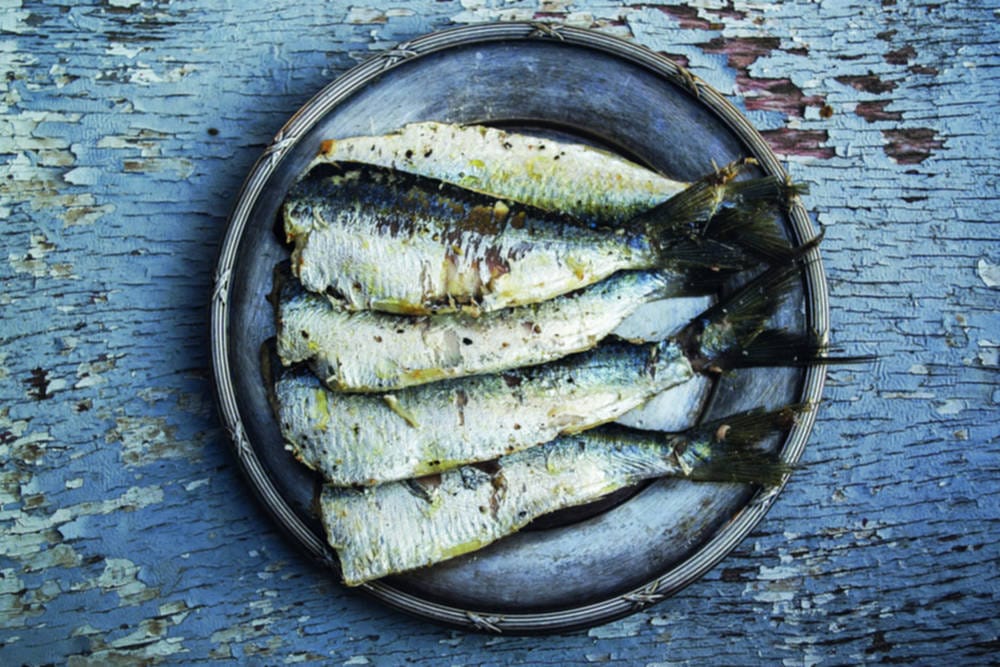The (alphas) and omegas of food
Alexandra Lim explains the important differences between omega-3 and omega-6 fatty acids, and why we should be controlling our intake of both.

I hereby appeal to everyone: pick up a copy of Michael Pollan’s In Defence of Food this week. It truly drives home how food is being treated in this nutrition-crazed world, with people’s sad attempts to reduce it to health components. Most forget that food in itself is more significant than this. One key fact that stood out to me was Pollan’s stance on omega 3, the polyunsaturated fatty acid which we know is good for overall health, especially the brain. There are other fats which our body can synthesise from other nutritional components, but omega 3 isn’t one of them, making them more important than we think. Nowadays, an oversupply of macronutrients (fat, carbohydrates and protein) contributes to the increase in obesity and diabetes. However, many overlook the significance of the severe lack of micronutrients. This is just as bad. The problem is that we’re eating more seeds than leaves, and it’s the leaves which compress all the healthy treasures our bodies thrive on: antioxidants, phytochemicals, and omega-3. Most people associate omega-3 with fish only, but fish feed on algae which is where the most common fat in nature, alpha-linolenic acid (ALA), originates. So how does omega-3 link to diabetes? Since omega-3 makes cell membranes more permeable, cells are also more sensitive to insulin, that chemical that regulates fat storage. This means an omega-3 rich diet could help to protect against obesity.
I’m not saying seeds are all that bad. In fact, they boast a whole host of health benefits. For example, sunflower seeds are rich in B vitamins that nourish your nervous system and bones. However, these guys are rich in omega-6 fatty acids, which are involved in fat storage rather than neurological development, glucose metabolism, and inflammation calming. Since the two types of fatty acids compete with each other for enzymes and space in our cell membranes, the actual ratio of omega-6 and omega-3 matters more than we think. Replacing the recommended omega-3 amounts with omega-6 can be hazardous to health. The most surprising statistic in Pollan’s book was that the ratio of omega-6 to omega-3 in most Americans now is 10:1 rather than 3:1 before the introduction of seed oils in the 80’s. Hence a key note at this point: don’t start downing omega-3 pills unless you also reduce your intake of omega-6!
Omega-3 is highly unstable in nature, but sadly, the food industry is more focused on storing food (never buy anything with a shelf-life of forever, except for perhaps honey) rather than promoting good health. So many meat, dairy and other typical market buys are stuffed with omega-6 instead of the marginally better stuff, or worse still, have omega-3 replaced with partially hydrogenated oils. Most supermarkets promote ‘low-fat’ or ‘non-fat’, warping our minds into thinking that fat in general is the greatest demon of all. Joseph Hibbeln, a researcher at the National Institute of Health said that the millions we spend nowadays on aspirin, ibuprofen, and paracetamol is money spent to undo the effects of too much omega-6 and too little omega-3 in the diet. The scary bit doesn’t end there. Similar population studies concluded that falling rates of omega-3 were correlated to ADHD in children and rising rates of suicide and depression. How crazy is all this? The obvious solution here would be to eat more omega-3 rich foods, but in light of this fantastic book, I implore a more dedicated, almost meditative approach. This is not a lazy demand to ‘eat well and be healthy’, this is a necessary mental shift in this day and age of growing nutrition science and bad media.









